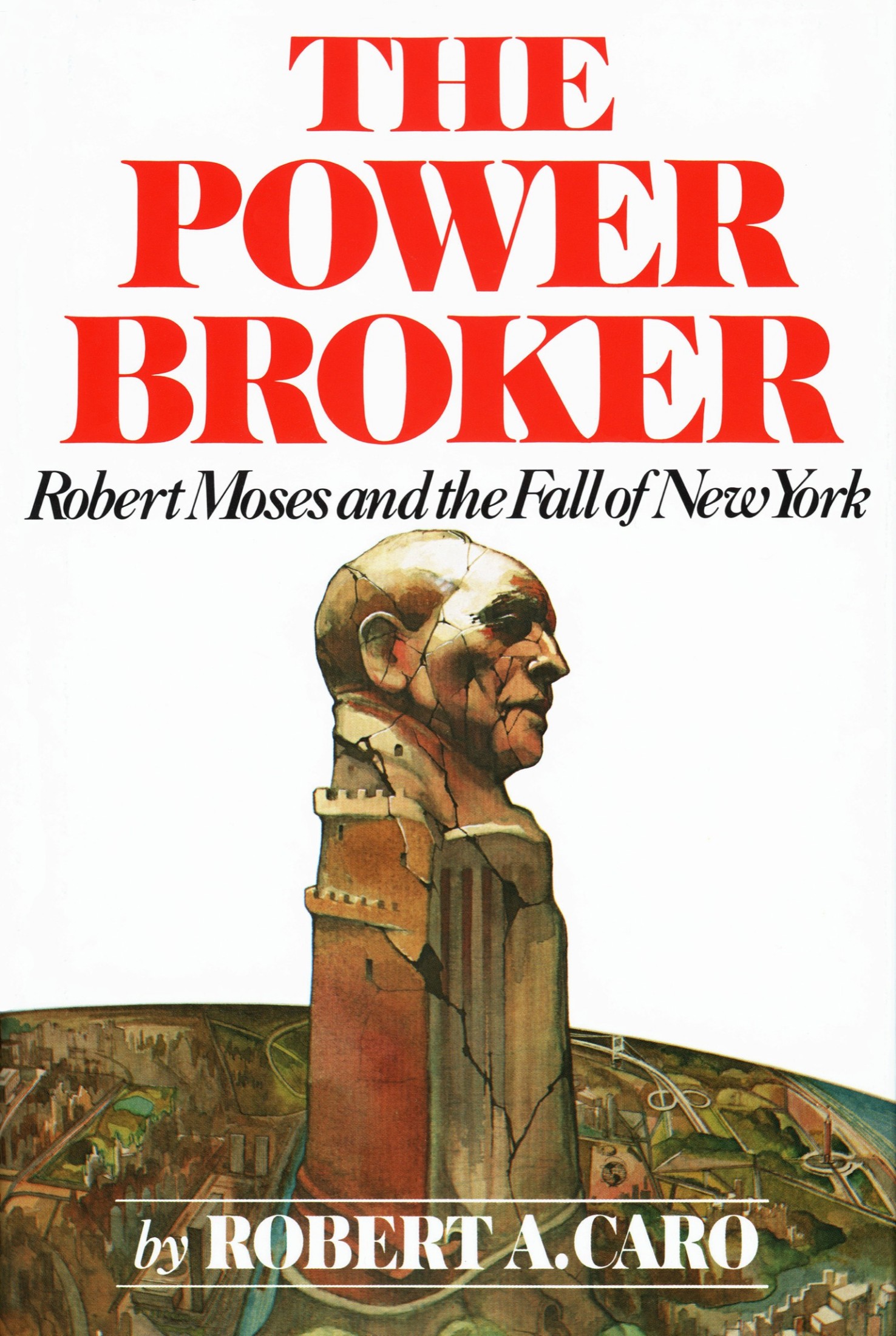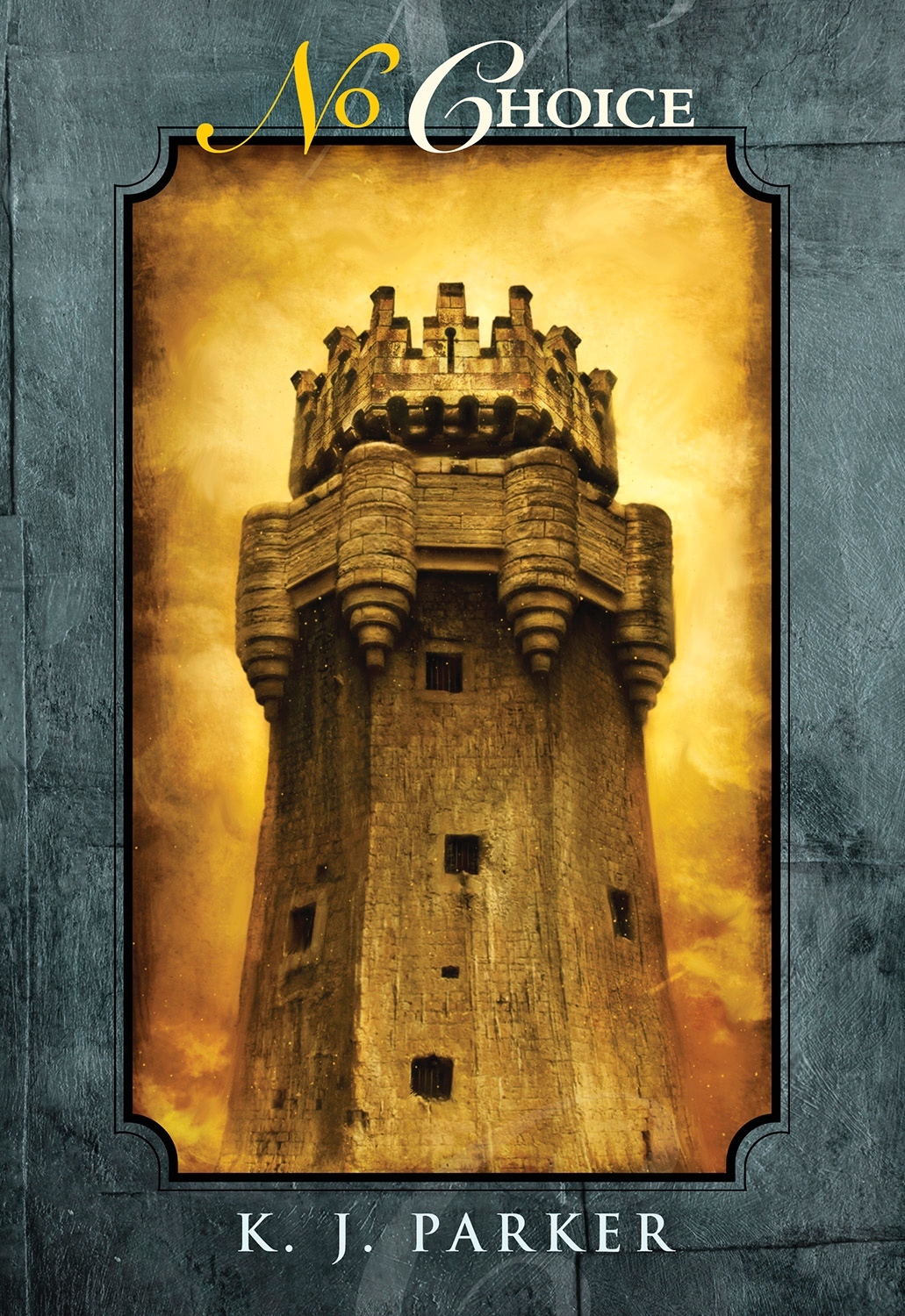Hatcher & Rogan investigate the killing of a man in a Manhattan penthouse, probably something to do with the tryst that a leftover condom indicates happened. And then they also get the cases of the murder of the roommate of a prostitute and the murder of a different prostitute. Because this is a crime novel, we know all the cases will eventually be connected.
While I found the book better than the second Ellie Hatcher novel, Angel's Tip, 212 falls firmly in the category of average. Nothing is really a surprise here, and nothing is super interesting or particularly bothersome.












